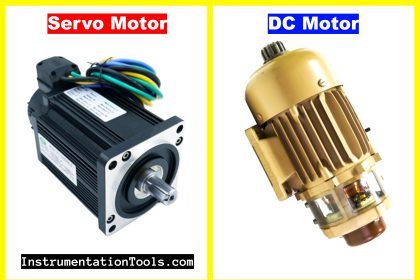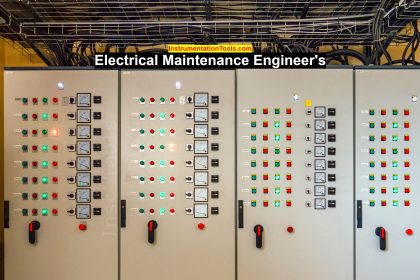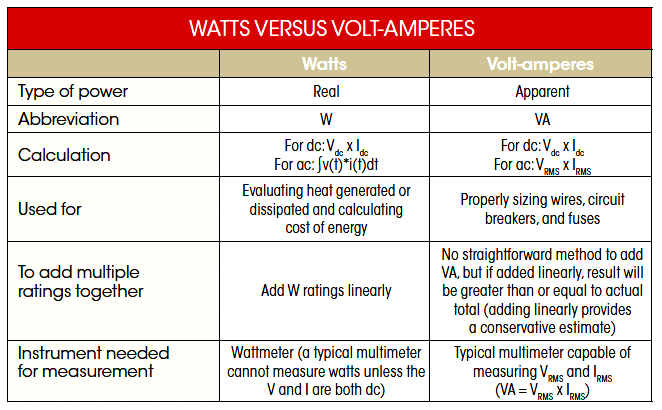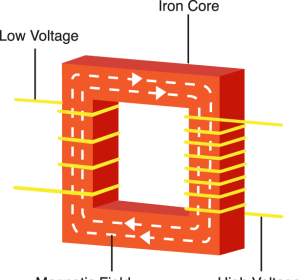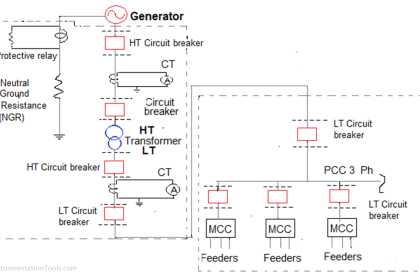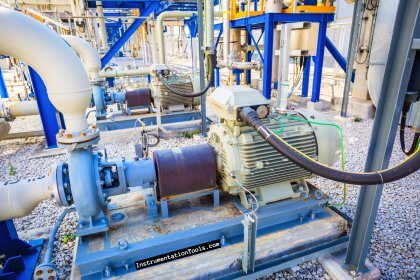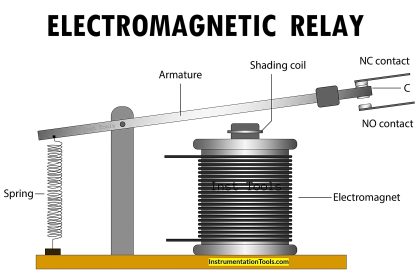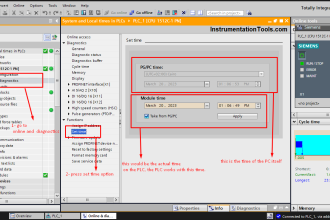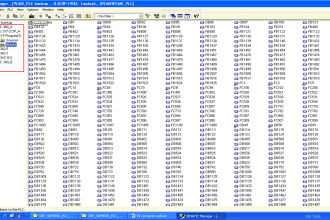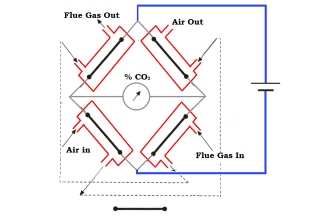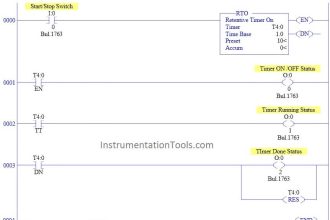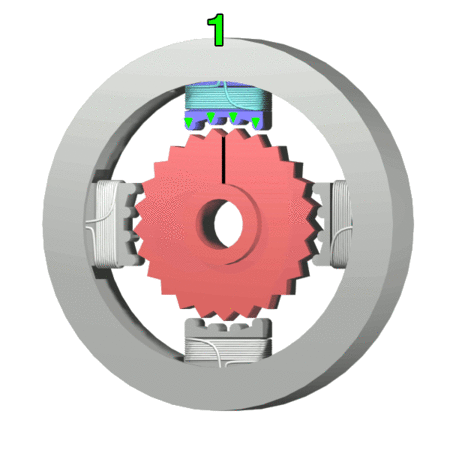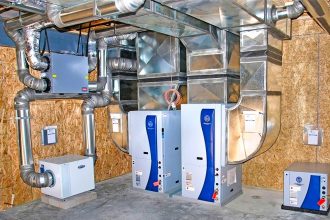An electrical panel consists of many electrical components which must be understood properly for correct working. In electrical panels, you must have seen red, yellow, and blue color plates which are used in many distributed applications. This is called a bus coupler.
Bus-coupler is one of the most important components used in an electrical panel. In this post, we will learn the concept of a bus coupler.
What is a Bus coupler?
First of all, let us understand what a bus bar is. A bus bar can be said as a group of conductor plates (three phases of R, Y, and B) that gets the main incoming power and distributes it to various outgoing requirements.
Refer to the below image for understanding. The main incoming three-phase supply is fed to the three plates of conductors. From these plates, various other small plates are distributed to panels or feeders which require three phase supply.
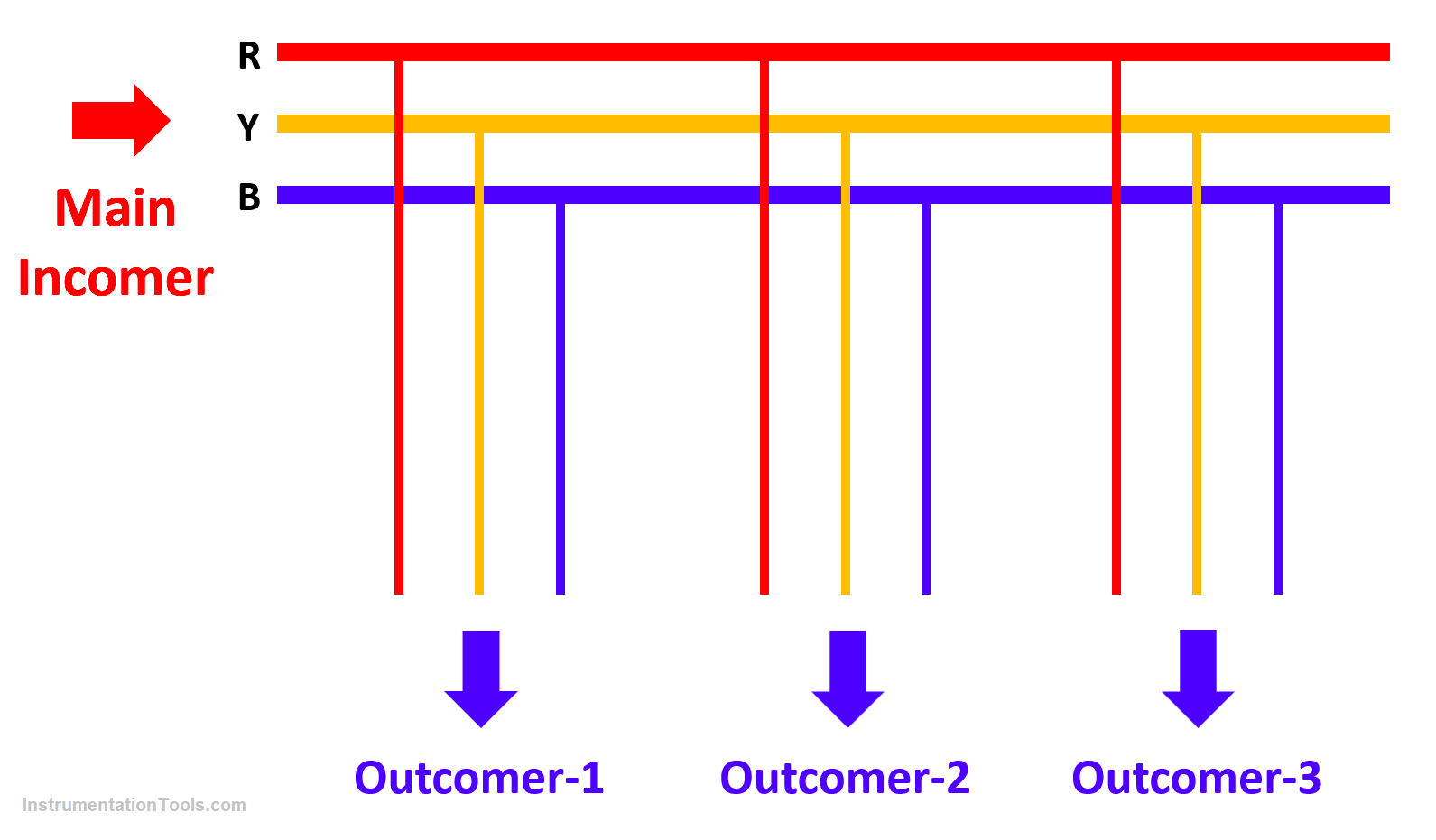
What happens is that you get a uniform connection and avoid a large number of connections to the main incomer. You have only one incoming supply and you can get multiple outgoing connections to various feeders which require supply.
Let us move ahead to the bus coupler now. Suppose there are two bus-bar panels. One panel is used to take incoming supply from transformer-1 and another panel is used to take supply from transformer-2.
Both these bus-bars are providing supply to the load. Now, comes the role of a bus coupler. Bus-coupler is a component that combines multiple bus bars together.
There are two uses for it. Let us see the first case. The bus coupler can be used to provide supply from the first bus bar by default. In case it fails, then it will cut off the first one and take the supply from the second one.
Here, the load will remain disconnected for some time. In this case, the two bus bars will be isolated from each other through the bus coupler.
Let us now take the second case. The bus coupler will connect both bus bars simultaneously. In case the first bus bar fails, then the load will be connected through the second bus bar. It will not stop consuming current even for a second. Thus, in any case, you can see that the bus coupler is used to combine multiple bus bars together.
So, the concept of a bus coupler is simple. It can either be used to connect multiple bus bars at a time simultaneously or connect them only one at a time; depending upon the current consumption and the amount of time the load can withstand disconnection of power.
In this way, we understand the concept of a bus coupler in an electrical panel.
If you liked this article, then please subscribe to our YouTube Channel for Electrical, Electronics, Instrumentation, PLC, and SCADA video tutorials.
You can also follow us on Facebook and Twitter to receive daily updates.
Read Next:
- Electrical Drawings
- Motor Cooling Methods
- SCADA in Power System
- What is a Buchholz Relay?
- Cables between VFD & Motor
